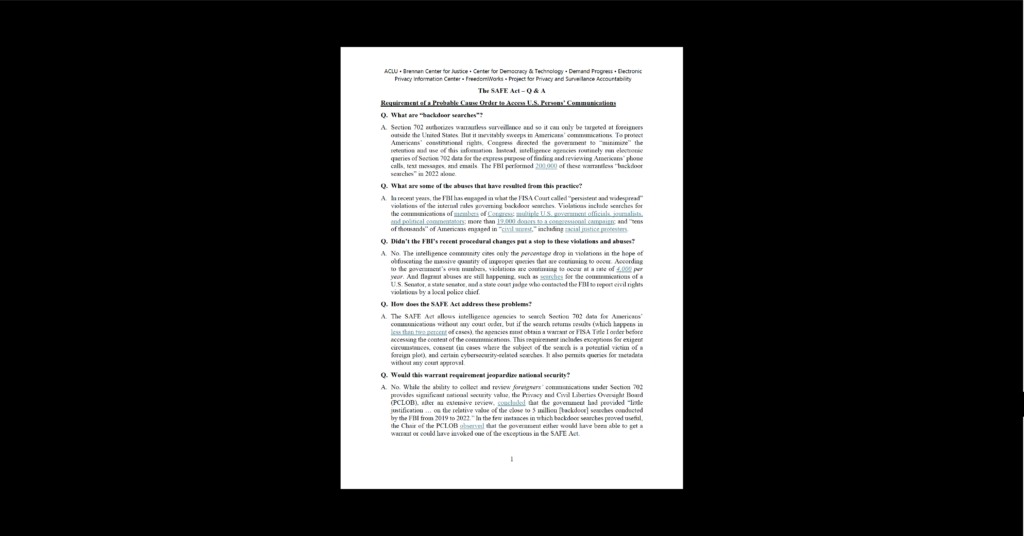Equity in Civic Technology, Government Surveillance, Privacy & Data
How Can We Protect Privacy While Supporting Students Who Change Schools?
Changing schools (also called student mobility) can be really disruptive to a student’s education. In fact, according to one study from the Colorado Department of Education, student mobility-related challenges are associated with disengagement from school, higher rates of dropping out before graduation, and low educational attainment. This is concerning in its own right, but there are particular groups of students that bear the brunt of these challenges because they tend to change schools a lot more than their peers. CDT has previously talked a bit about the challenges facing military-connected students and students in foster care, but students experiencing homelessness and migrant students are also disproportionately affected.
One way schools and parents can help limit this disruption to kids’ education is by making sure that important data follows students as they change schools. Having the student’s vaccination records transfer over to their new school helps ensure they can be enrolled without much delay, and transcripts help place the student in the right class without too much trial and error. However, data portability has to be done carefully and conscientiously, because the same data that can help students hit the ground running at their new school can also hinder them there.
Imagine a new student, Joaquin, transfers to a new school, and his old school sends along his disciplinary record, which has several incidents of Joaquin acting out in class. What the record leaves off, however, is that he was acting out because he was being bullied by other students as his mom had recently received a military transfer, and he was the new student in class. Without this context, the teacher assumes Joaquin is a problem child, and is harsher with him than his peers, exacerbating Joaquin’s disciplinary record.
CDT has produced a report to provide some guidance around the challenge of student data portability and privacy. In this report, we delve into the legal landscape, the policy concerns, and the technical questions that schools have to grapple with when deciding how to share data. We also offer guidance about how much risk different types of data present to students, and how different stakeholders like parents or principals can both use and protect student data. To illustrate that this can be done, we include an example of a real-world data transfer policy, courtesy of the Texas Education Agency, to give schools a starting point for building their own policy. We hope that schools will be able to use this guidance to give students the best shot to hit the ground running when they change schools.


